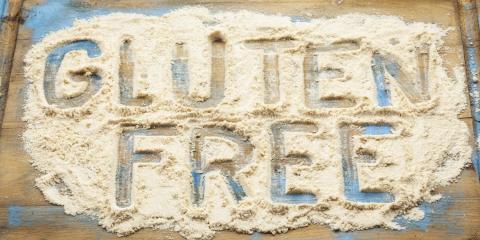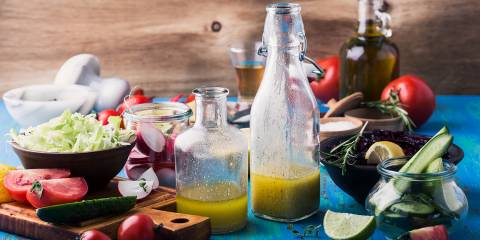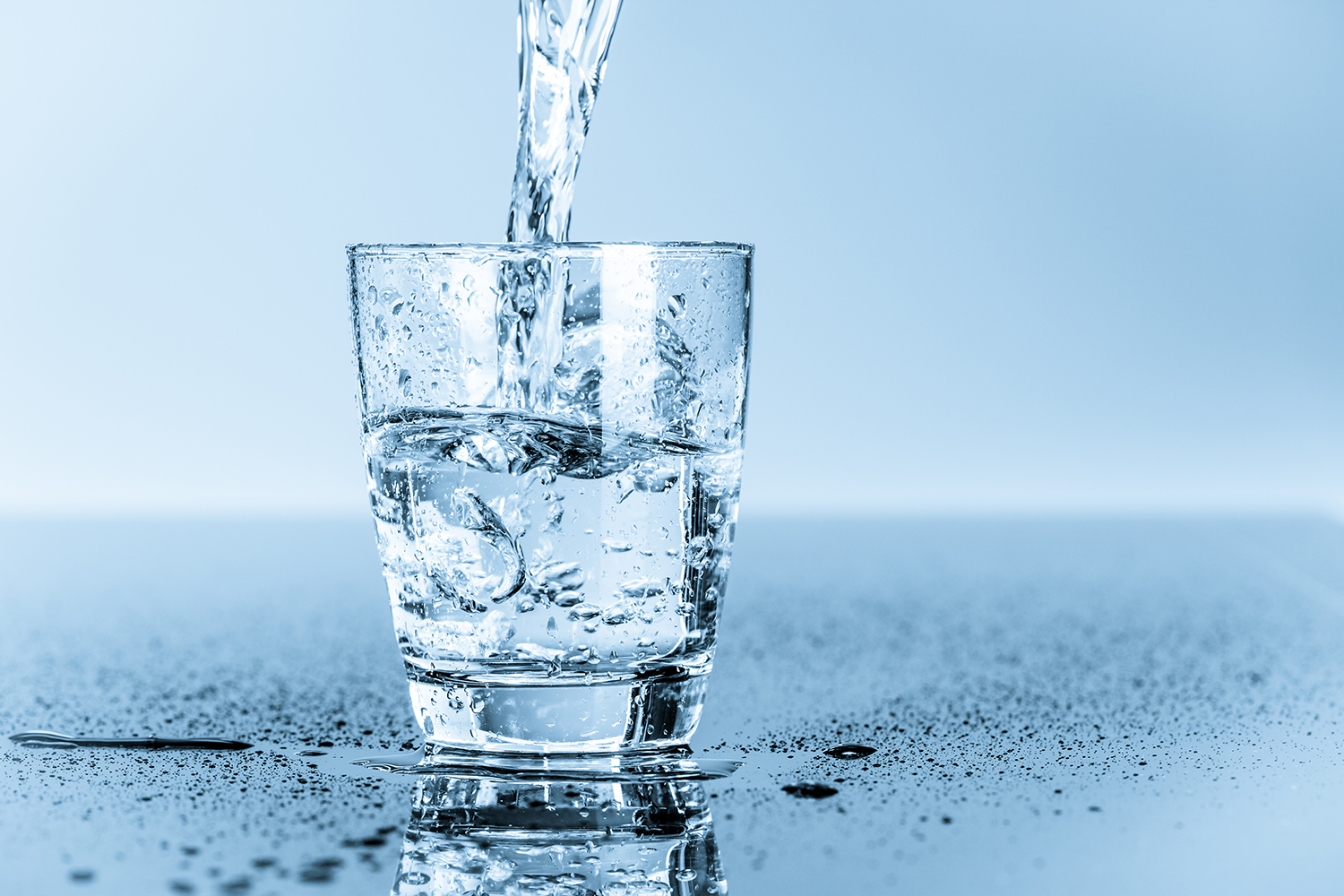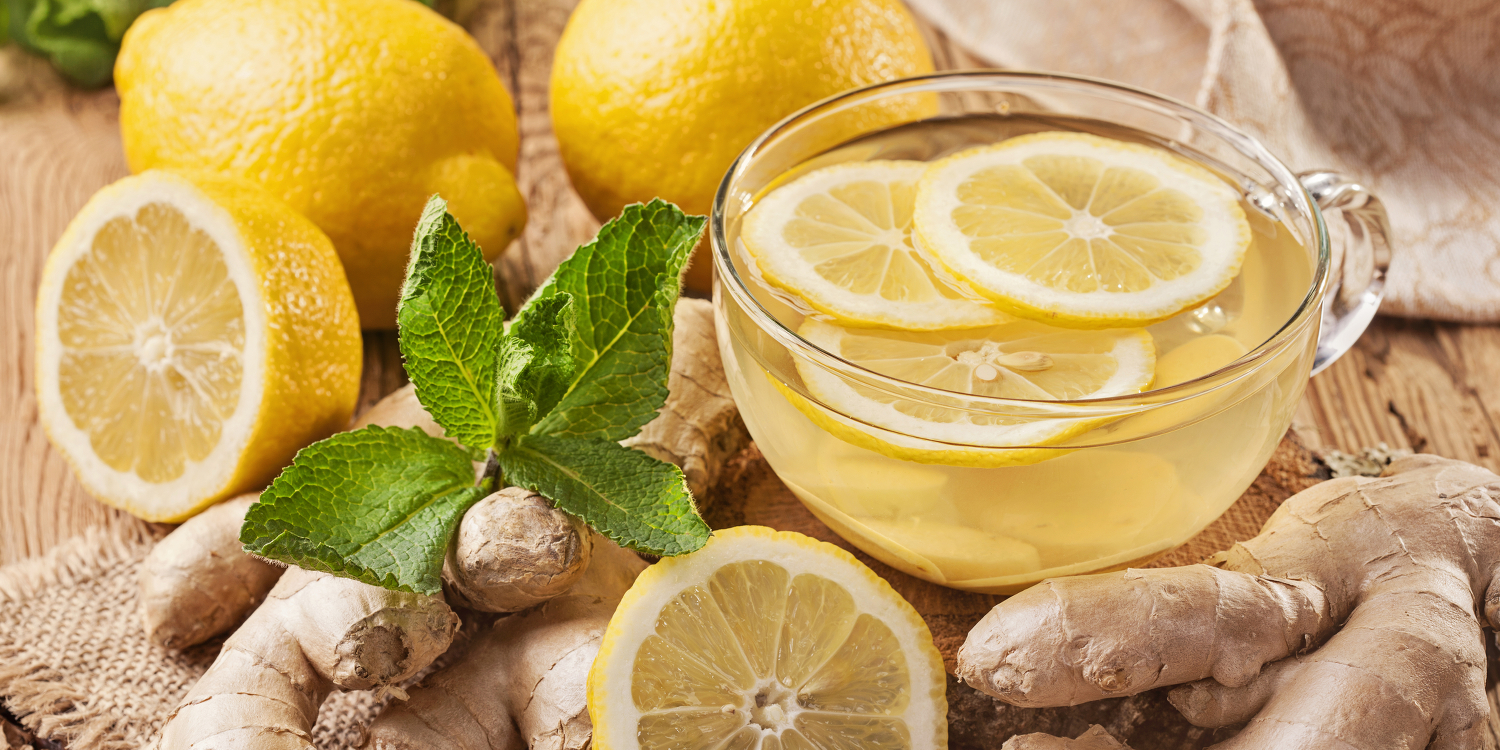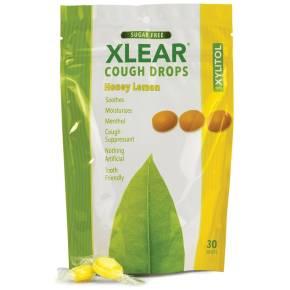"Summer can be hard on hair,” says Rosemary Gladstar, herbalist and author. “We’re outside more in summer, so our hair is exposed to more air pollutants. And if you’re someone who spends a lot of time swimming in a chlorinated pool, your hair can become damaged easily."
In Each Strand
Hair, which is made of a protein called keratin, has three layers.
- The medulla is the thin, innermost layer of cells, although hair that is very fine may lack this layer.
- The middle layer, or cortex, accounts for 90 percent of hair weight and determines hair color and texture. The outer layer, called the cuticle, consists of overlapping cells that resemble shingles or scales. When hair is healthy, the cuticle lies flat, giving hair a shiny, smooth appearance.
- Even though hair fibers are very strong (stronger than similarly-sized fibers of aluminum, copper, or nylon), hair can be easily damaged.
Summer Hair Damage
There are two main threats to your hair in the summertime.
Chlorine
One of the biggest threats to hair is chlorine. A toxic chemical that strips hair of its natural oils, chlorine can make hair dry and brittle. “Chlorine contains bleach and copper, which are two of the worst things for hair,” says Yuki Sharoni, owner of Yuki Sharoni Beauty & Lifestyle Spa in Los Angeles. “Chlorine breaks down hair molecules, causing breakage and split ends, and the copper can turn light hair greenish.”
Ultraviolet Rays
Sunlight is equally damaging to hair. Just as the sun’s rays can burn skin, they can burn hair, leaving it parched and frizzy. Ultraviolet (UV) A and B light can penetrate into the hair, damaging cells and weakening both its strength and elasticity. These rays break the pigment in hair and, over time, can lighten hair significantly.
Natural Protection for Hair in Summer
To keep your crowning glory at its best, use clarifying shampoos that can help remove pollutants, chlorine, and salt water residue. Clarifying botanicals, including lemon verbena, mint, and myrrh, can free hair of contaminants.
Shampoo Ingredients to Treat Chlorine Damaged Hair
If you swim regularly in a chlorinated pool, choose shampoos with corn syrup, citric acid, and kelp that can help break chlorine bonds.
Conditioner Ingredients to Treat Damaged Hair
If the cuticle is pulled up and opened, hair can become dry and frizzy. Holes, or chips, develop in this outer layer, preventing it from lying flat.
“Although it’s not possible to rebuild damaged hair fibers, protein-enriched conditioners help improve texture, strength, and body of hair fibers,” says Sandie Coretti of Aubrey Organics. Amino acids in protein fill in the damaged areas in the cuticle “by attaching themselves to the hair fibers, making hair stronger and more resilient.”
Look for conditioners with soy and wheat proteins and amino acids to help restore shine and luster. To protect from UV radiation, use shampoos and conditioners with sunscreens, including oxybenzone, titanium dioxide, and benzophenone-3.
Restorative Herbs for Damaged Hair
Choosing natural products that contain restorative herbs (like aloe, calendula, chamomile, and henna) is particularly important for hair that’s been dyed, straightened, bleached, or permed, since these treatments have already damaged the hair.
Certified organic ingredients are increasingly available in shampoos, conditioners, and other hair products. Juniper, lavender, lime, and sage are moisturizing and nourishing organic ingredients.
Treatments for Severely Damaged Hair
For tresses that are severely damaged, consider a weekly jojoba hot oil treatment or leave-in conditioner. A conditioning formula that remains on hair can be protective by preventing chlorine and other pollutants from penetrating into the shaft.


